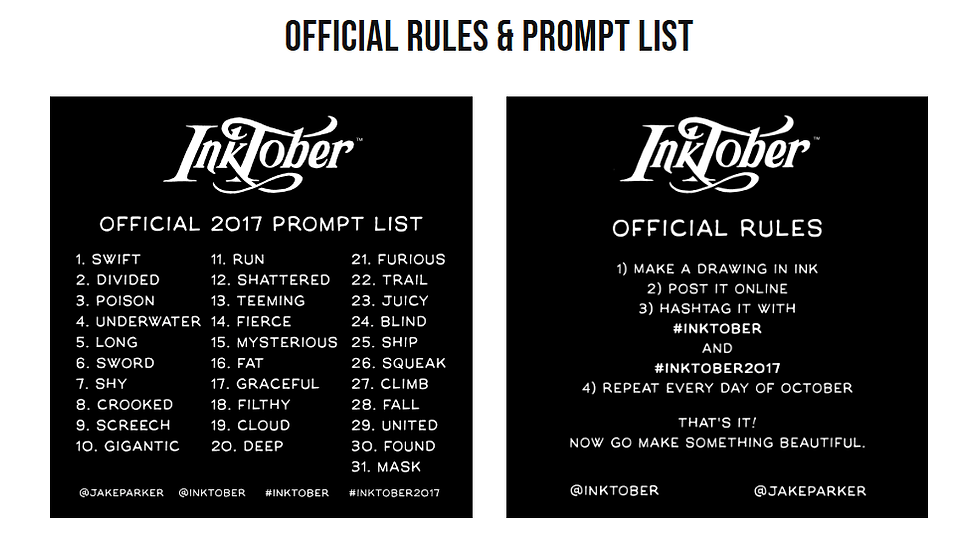Tips for stippling
- Reiko Lauper
- Sep 20, 2021
- 4 min read
TIPS AND MENTAL PREPS TO DRAW A STIPPLING DRAWING

Artwork by Miguel Endara - http://www.miguelendara.com
STATE OF MIND: GET INTO A ZEN MODE
Before you start drawing, try to get into a calm state of mind. Stippling is a time-consuming craft that needs serious focus and patience. You need to prepare your mind to slow down and get ready to focus.
Take a deep breath before you start. Even many of the old painting manuals advise the artist to breathe in before beginning a difficult mark.
According to Nature Magazine: Human non-olfactory cognition phase-locked with inhalation, your brain function alters with every inhalation/exhalation. It's a holdover from our sense of smell – one of our most primal 5 senses.
"We measured nasal airflow and electroencephalography during various non-olfactory cognitive tasks. We observed that participants spontaneously inhale at non-olfactory cognitive task onset and that such inhalations shift brain functional network architecture. Concentrating on visuospatial perception, we observed that nasal inhalation drove increased task-related brain activity in specific task-related brain regions and resulted in improved performance accuracy in the visuospatial task."
Think of it as meditation. Not only to tale a deep breathe, to have an actual meditation beforehand would be great too. It's okay that you draw for 10-20 minutes at a time and take a short break. Take breaks and then come back to it. Whatever you do, don't force or rush it and draw with your own pace.
Otherwise you’ll just end up hating to draw and spend the rest of your time just wishing you could hurry up and finish. That wouldn't help you to make a successful drawing.

Draw with references
However much we think we can rely on our memories to draw something, this series of illustrations from artist Jack Stroud shows that how important to use references to study a subject in detail.
He demonstrates how drawing from your memory and using references can result in.

I highly recommend to print all the references out if you have a printer, but you can use your tablet or even your phone if you don't. Below is a great video to show how to draw with your phone!
PENCIL SKETCH
Pencil sketch is very important process for stippling. Think of pencil sketch as a clean draft, and inking process as a final copy.
Even though I’m a strong believer that art should be fun and stress-free, launching straight into ink is too difficult. Draw your image in pencil first, then add ink over it.
I usually make a really rough quick draft on another paper to put my ideas together first, then make a clean pencil sketch based on the rough draft.
When you make your underlying pencil sketch don’t make the lines too dark. You want your lines to be light but visible otherwise they’ll be hard to erase after you finish inking.
*I recommend to use kneaded eraser which won't damage the paper surface & the ink surface.
Here's the general process of my drawing. I drew this for a band's album cover.
WHERE TO START
Figure out where are going to be the darkest / the lightest first.
This is the most important first step. Circle up the areas you want to keep light, and I recommend to start with the darkest areas because they will be the standard to make other tones. Work in small sections at a time. I always pick the section that attracts me the most.
COVER THE DRAWING WITH A PIECE OF PAPER (OPTIONAL)
It might be a good idea to cover the portion of the drawing that you’re not working on with another piece of paper.
The paper keeps the drawing clean and prevents to get smudges from rubbing and the oils from your hand.
This isn't necessary, but it also helps to focus on the area that you’re working on.
RELAX AND DON’T STIPPLE TOO FAST
DO NOT tense up. Holding your pen tight and putting too much pressure like a jackhammer won’t help you finish the drawing any faster. It will just make a rougher texture on your drawing. You want a slightly loose grip with a moderate stippling pace so that your hand won’t get tired quickly, plus it will make a clean dot texture.

TRY TO ENJOY & BREATHE
Make a comfortable set-up for you and breathe often purposely whenever you feel stressed out.
Making art should be fun. You can easily forget this when you worry too much about making mistakes and forget the joy of making art. Every journey of the art process is fraught with mistakes and that’s totally normal. Try to remember that each line and dot leads to your final image. If you make a mistake, chill out and move on – most of the time it is fixable, and it might not even be noticeable in the end. Your drawings will get better with time so just enjoy the journey instead of stressing yourself up.
I always keep my cup filled with my favorite tea or coffee on the side so that I can sip it anytime and play some music when I draw. Pick the right background music depends on what you are drawing. For example, I play the soundtracks when I draw something movie themed. It will motivate me more and help me to get into the mood. I sometimes listen to some podcasts but it can be too much interaction, but the right music has never bothered me.










Comments